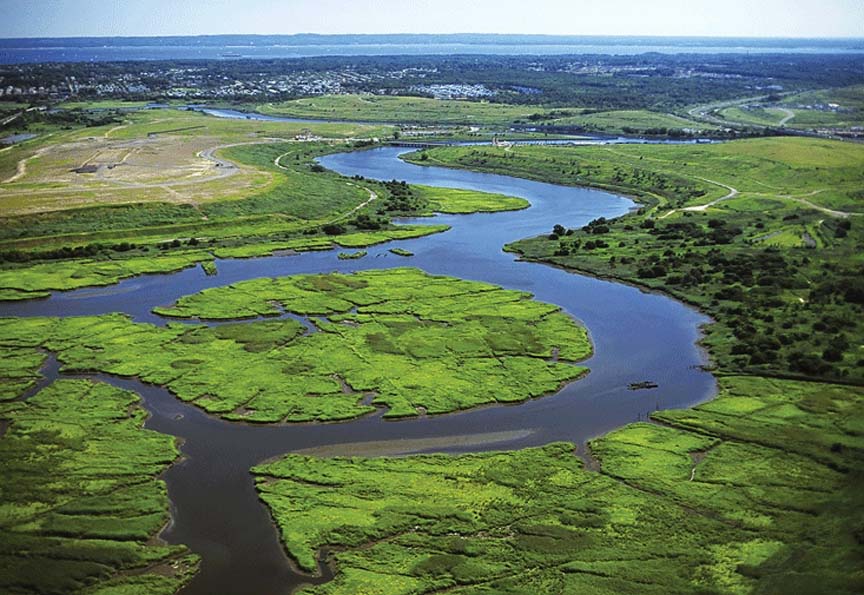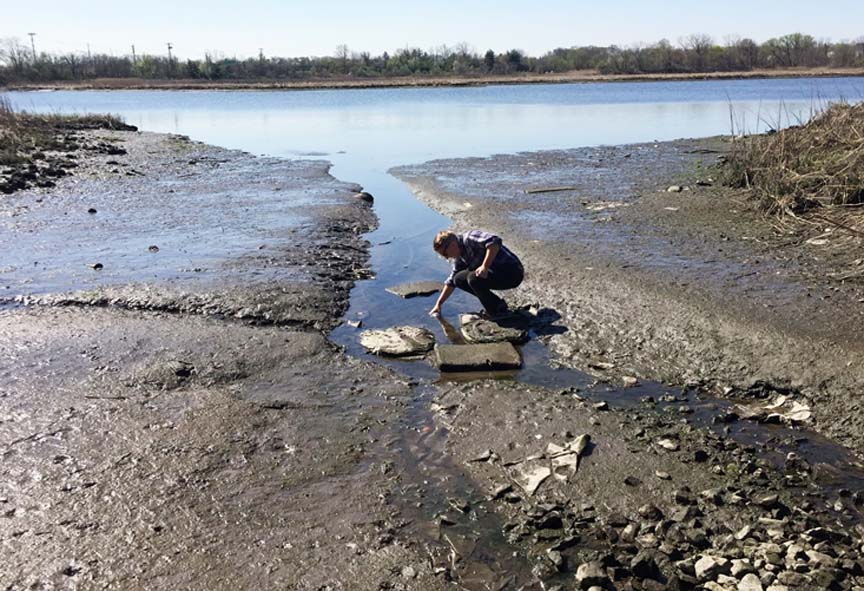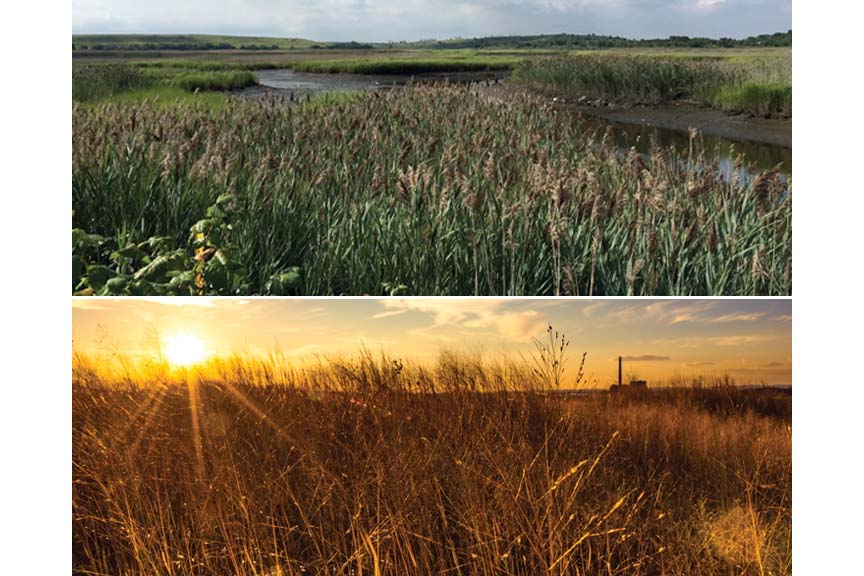
|
|
|
What's IotD? The interesting, amazing, or mind-boggling images of our days. |
|
IotD Stuff |
|
Permalink Latest Image |
|
|
|
Some folks who have noticed IotD
Neatorama |
|
Common image haunts
Astro Pic of the Day |
|
Advertising |
July 16th, 2018: Freshkills Park
Since forever humans have credited various deities with the way nature was formed and maintained.
Then science told us there is a natural balance of nature that keeps everything the same if we don’t interfere.
Recently we discovered there is no such thing, the balance of nature is constantly in flux, with or without us.
Sure, we can and do fuck things up, but we’re not the only balance tippers.

|
After World War II, the bursting city of New York found itself with a trash problem. In 1948, the city started officially dumping its trash into the marshes and waters of Fresh Kills. What became America’s first landfill was meant to be temporary, but it stuck. By 1955, it was the biggest landfill in the world—indeed, at 2,700 acres, it was the biggest human-made structure in the world. By 1991, the landfill contained 150 million tons of tightly packed garbage in more volume than could fill the Great Wall of China. Fresh Kills was wetland no more. The landfill serviced New York City for 53 years, until Staten Island residents, sick of the stench, sued the city to close it. “The Dump,” as it was un-fondly known, was finally closed in 2001 (New York’s garbage is now processed and shipped to neighboring states)—but not until 1.2 million more tons of trash were added: the charred remains of the World Trade Center. |

|
Transforming a mountain of garbage into a “lifescape,” as a 2006 master draft plan describes the park, is no simple task. The park will be another 20 years in the making; the Parks Department hopes to open the first phases in 2019. But it’s also an extraordinary ecological project that poses a question at the heart of modern conservation: Can ecologists build a new ecosystem that will survive? The landscape was dominated by four rolling hills created from trash mounds, sealed with an impermeable geotextile and covered with dirt and grass to prevent erosion. A network of creeks and tidal straits ran between the hills, punctuated by small pockets of woodland. For one thing, instead of its original wetlands, Freshkills Park will be mostly grasslands. The choice was utilitarian. Grasslands will help prevent erosion and allow the National Grid power company continued access to the methane coming off the capped landfill. But grasslands will also court a wide range of bird species in the region, and act as a flyway for long-distance migrating birds. The hope is these grasses and birds will set off a cascade effect, bringing in more trees, shrubs, and mammals. |

|
The team began with a mix of local grasses sown to keep the soil in place over the landfill. In 2011, Ed Toth, the director of the Staten Island Greenbelt Native Plant Center, which has provided Freshkills with most of its seeds, designed what he called a “hurry-up mix” of 13 local grass and wildflower seeds (beautiful species like indiangrass, little bluestem, aster, and goldenrod), which have sprouted across the mounds, transforming them into meadows. The U.S. Forest Service then added trees—mostly poplars and willows—as a welcome invitation to the region’s birds, who in turn planted new seed species with their droppings. The hope is that this rich native mix, helped along by human hands, will be well-equipped to combat bully species, like the phragmites. (“The phrag,” Handel says, might have to be conquered by chemical means.) In other words, the ecological tapestry created by the park team will be robust and tightly woven. Only time will tell whether the project will succeed. “Our overall goal, from a park perspective, is productive habitat and biodiversity,” Field said. “But it’s also to study the ecological changes that take place during this transformation on a long-term basis. That’s rarely available in any kind of restoration ecology. It gives us an opportunity to see—how does this ecosystem change? And maybe get something that looks a little bit like balance, anyway.” |

link
Gravdigr Monday Jul 16 04:57 PM

Griff Monday Jul 16 07:16 PM
It should be interesting to watch regardless.
burns334 Friday Jul 20 11:38 AM
I live nearby and will have to visit when it opens
xoxoxoBruce Friday Jul 20 03:08 PM
Keep an eye out for pot plants. 
|
Your reply here?
The Cellar Image of the Day is just a section of a larger web community: a bunch of interesting folks talking about everything. Add your two cents to IotD by joining the Cellar. |